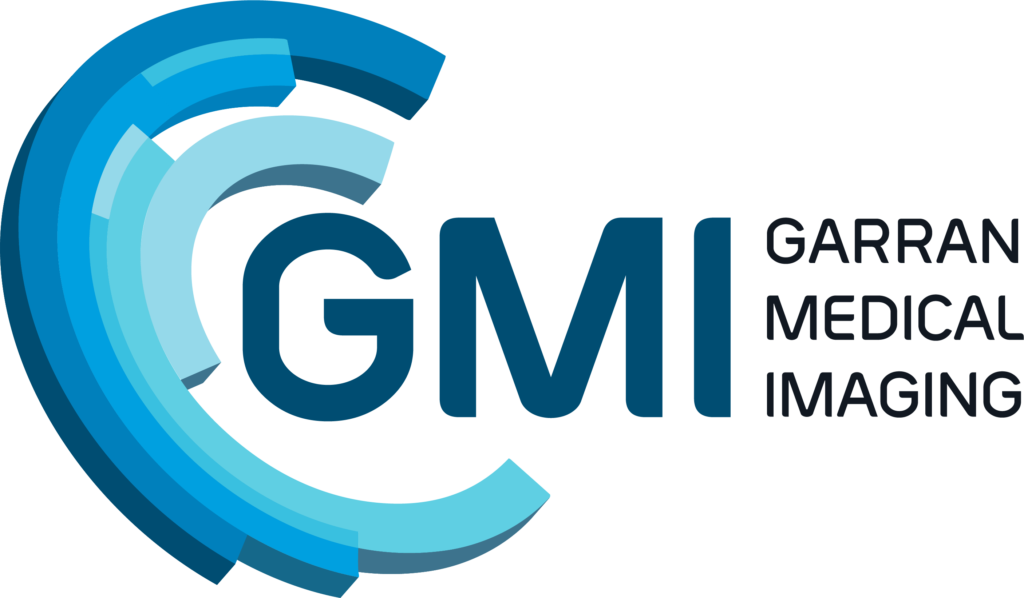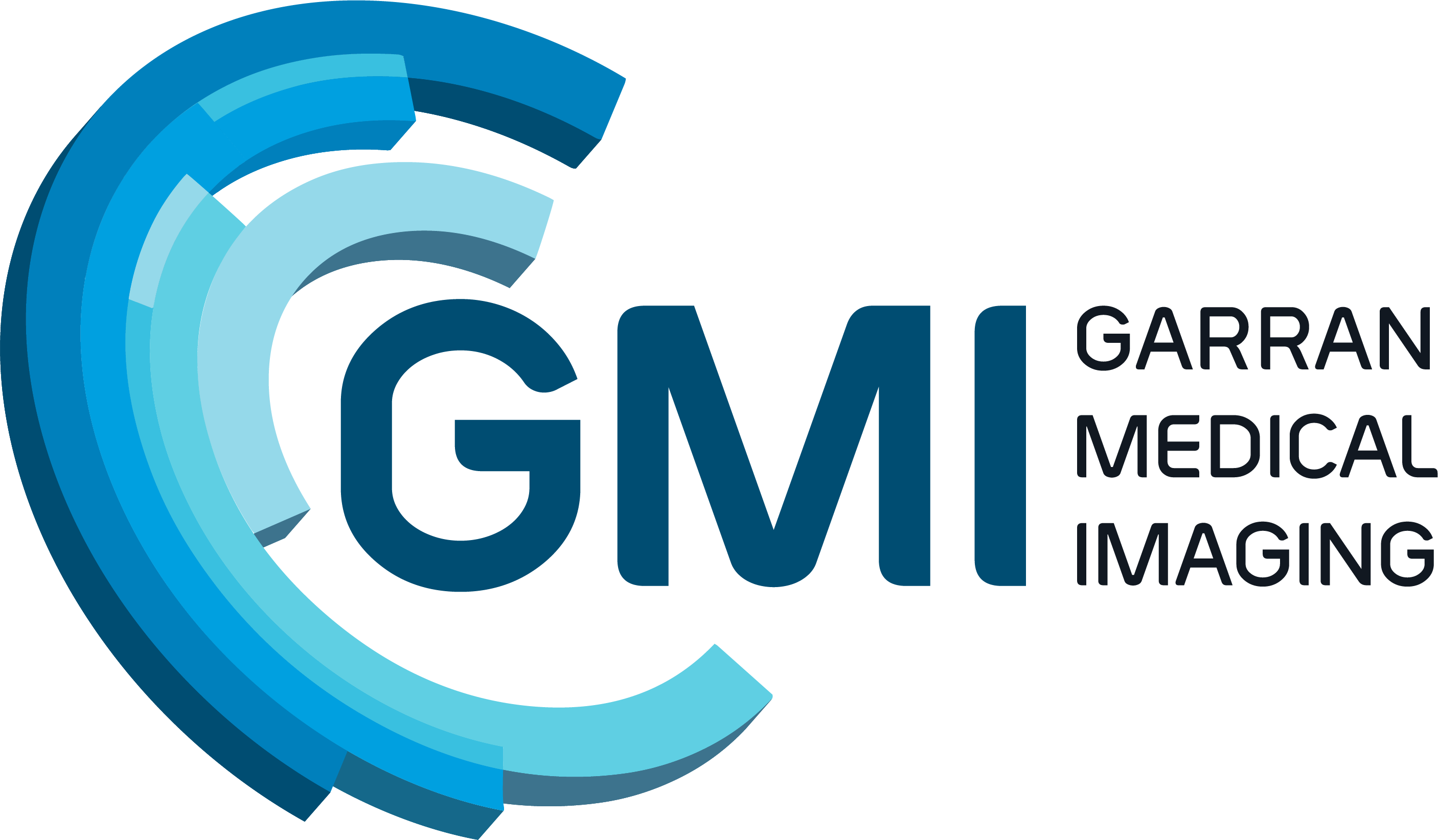Liver Elastography
WHAT IS LIVER ELASTOGRAPHY?
Liver elastography is also known as shearwave elastography and is a novel technique of assessing tissue stiffness and hence fibrosis. This technique measures the speed of ultrasound waves as they pass through the liver. The “shearwave” is a perpendicular wave produced as a result of a generated ultrasound pulse through the tissues. By measuring the speed of the wave we can determine the stiffness of the tissue. In the liver the loss of elasticity corresponds closely to the amount of hepatocellular damage. Garran Medical Imaging uses Samsung technology which has been standardised to measure elasticity in kPa. The scale below relates measurements to liver fibrosis, which has been evaluated against liver biopsy scores (for more information see the website of Dr Iain Duncan and this short video).

Shearwave index v liver fibrosis (courtesy Dr Iain Duncan)
WHY DO LIVER ELASTOGRAPHY?
Accurate diagnosis and staging of liver fibrosis is essential for the prognosis and management of chronic liver diseases. Conventional B-mode ultrasound provides anatomical information and when combined with shear wave technology it can now evaluate fibrosis in patients with liver disease such as chronic hepatitis and steatosis. It is also a valuable tool for assessing progression or regression of hepatocellular damage.
Accuracy is paramount and we have done more than 600 studies which have been combined with a large dataset from around the globe. Our sonographers have extensive experience so we can ensure accuracy and reproducibility. Elastography is painless and can be done as an extension of a liver ultrasound at Garran Medical Imaging.

